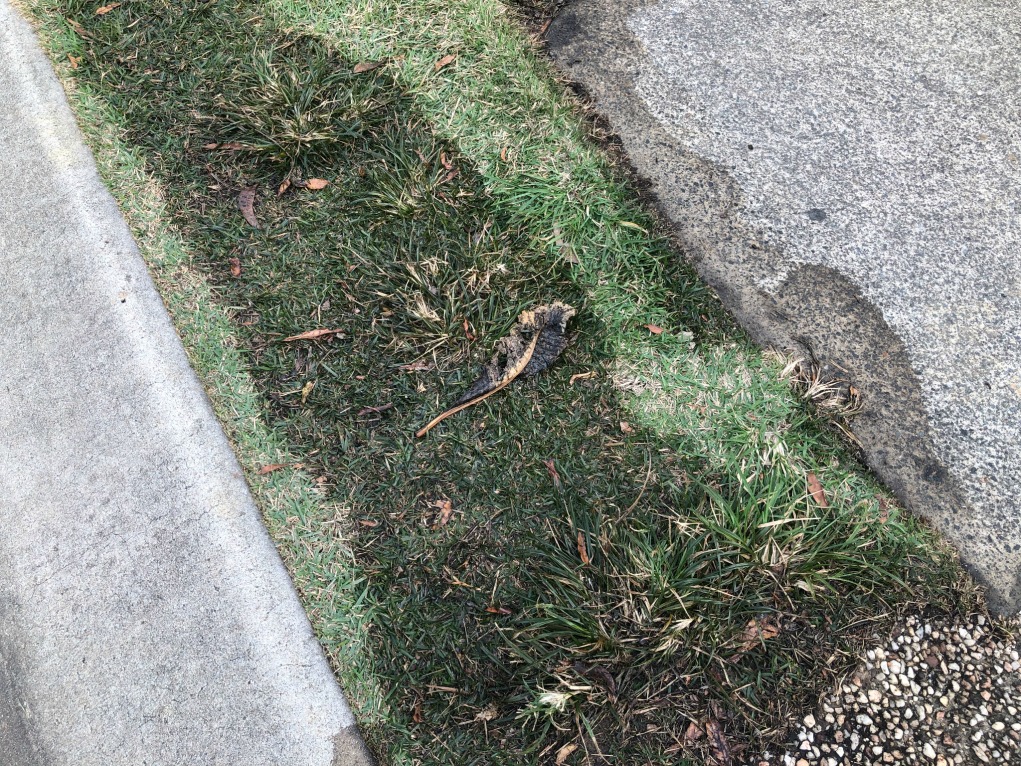Unveiling Hidden Water Line Leaks: 6 Useful Detection Tricks
Unveiling Hidden Water Line Leaks: 6 Useful Detection Tricks
Blog Article
Presented here in the next paragraph you will discover a bunch of first-rate content about Top leak detection hacks.

Early discovery of leaking water lines can mitigate a possible disaster. In addition to saving you cash, it will certainly decrease the aggravation and also irritation. The moment you discover a leak, calling your plumber for repair services is the very best service. Some little water leakages may not be visible. If you can not discover it with your nude eyes, here are some hacks that aid.
1. Check Out the Water Meter
Every residence has a water meter. Examining it is a surefire way that helps you discover leakages. For starters, turn off all the water sources. Ensure no one will flush, utilize the faucet, shower, run the cleaning machine or dishwashing machine. From there, go to the meter as well as watch if it will certainly change. Because no one is using it, there ought to be no movements. If it moves, that indicates a fast-moving leak. If you identify no adjustments, wait an hour or two and also check back once more. This means you might have a slow-moving leakage that could even be below ground.
2. Inspect Water Intake
If you spot unexpected adjustments, regardless of your consumption being the very same, it indicates that you have leakages in your plumbing system. A sudden spike in your bill indicates a fast-moving leakage.
Meanwhile, a stable boost each month, despite the same practices, reveals you have a slow-moving leakage that's also slowly rising. Call a plumber to completely inspect your residential or commercial property, especially if you really feel a warm area on your flooring with piping below.
3. Do a Food Coloring Test
30% comes from toilets when it comes to water intake. Examination to see if they are running effectively. Drop flecks of food shade in the container and wait 10 minutes. There's a leak in between the storage tank and also dish if the color in some way infiltrates your dish during that time without flushing.
4. Asses Outside Lines
Don't forget to check your outdoor water lines too. Should water seep out of the connection, you have a loose rubber gasket. One small leak can throw away loads of water and also increase your water costs.
5. Examine the scenario as well as check
Property owners must make it a practice to examine under the sink counters and even inside cupboards for any type of bad odor or mold development. These 2 red flags suggest a leakage so timely interest is required. Doing routine evaluations, even bi-annually, can conserve you from a significant problem.
Examine for discolorations and deteriorating as a lot of pipelines and also devices have a life span. If you think leaking water lines in your plumbing system, don't wait for it to escalate.
Early discovery of leaking water lines can mitigate a potential calamity. Some little water leaks might not be noticeable. Inspecting it is a proven method that aids you discover leakages. One little leak can throw away bunches of water as well as spike your water bill.
If you presume dripping water lines in your plumbing system, do not wait for it to rise.
WARNING SIGNS OF WATER LEAKAGE BEHIND THE WALL
PERSISTENT MUSTY ODORS
As water slowly drips from a leaky pipe inside the wall, flooring and sheetrock stay damp and develop an odor similar to wet cardboard. It generates a musty smell that can help you find hidden leaks.
MOLD IN UNUSUAL AREAS
Mold usually grows in wet areas like kitchens, baths and laundry rooms. If you spot the stuff on walls or baseboards in other rooms of the house, it’s a good indicator of undetected water leaks.
STAINS THAT GROW
When mold thrives around a leaky pipe, it sometimes takes hold on the inside surface of the affected wall. A growing stain on otherwise clean sheetrock is often your sign of a hidden plumbing problem.
PEELING OR BUBBLING WALLPAPER / PAINT
This clue is easy to miss in rooms that don’t get much use. When you see wallpaper separating along seams or paint bubbling or flaking off the wall, blame sheetrock that stays wet because of an undetected leak.
BUCKLED CEILINGS AND STAINED FLOORS
If ceilings or floors in bathrooms, kitchens or laundry areas develop structural problems, don’t rule out constant damp inside the walls. Wet sheetrock can affect adjacent framing, flooring and ceilings.
https://www.servicemasterbyzaba.com/blog/how-to-detect-water-leakage-in-walls/

I have been very interested in Leaking water lines and I'm hoping you appreciated the new article. Do you know somebody else who is enthusiastic about Detecting hidden plumbing leaks? Feel free to promote it. I treasure reading our article about Leaking water lines.
For fast action, contact! Report this page